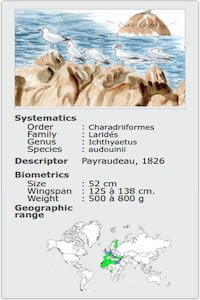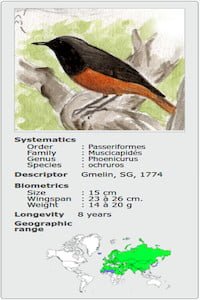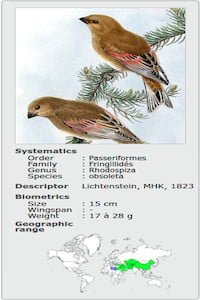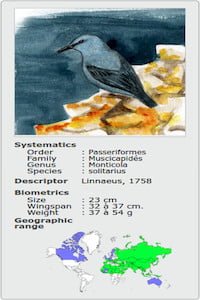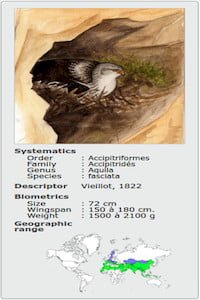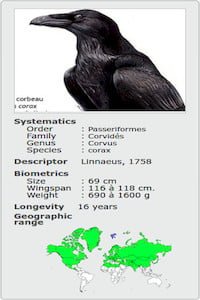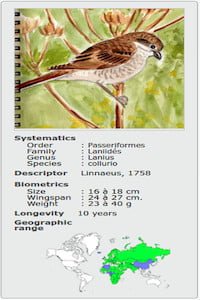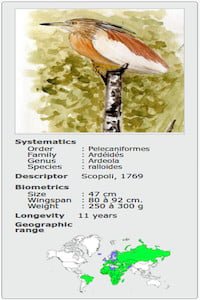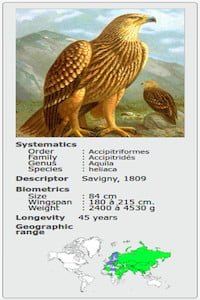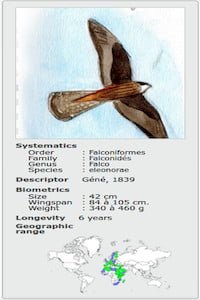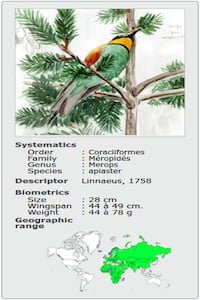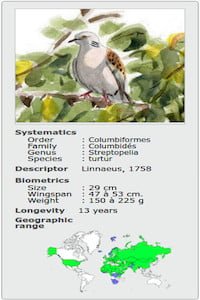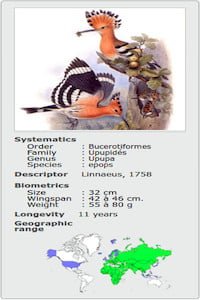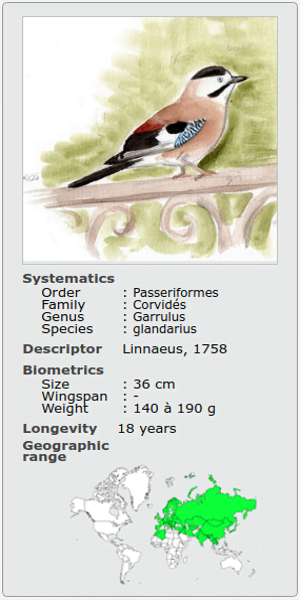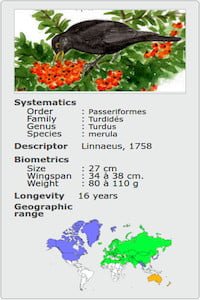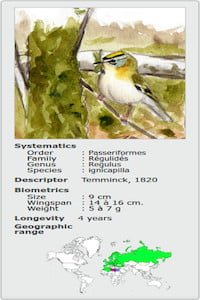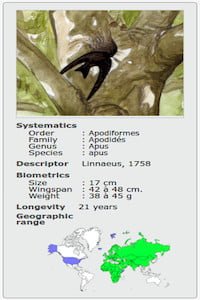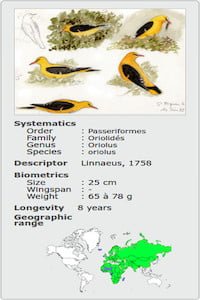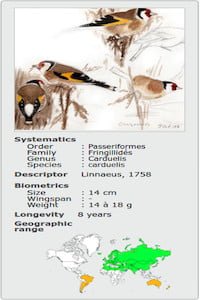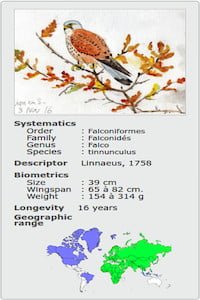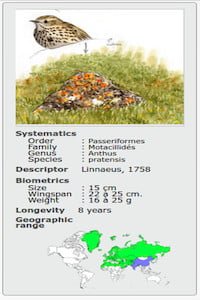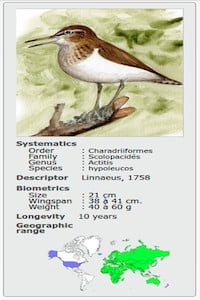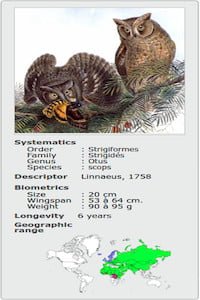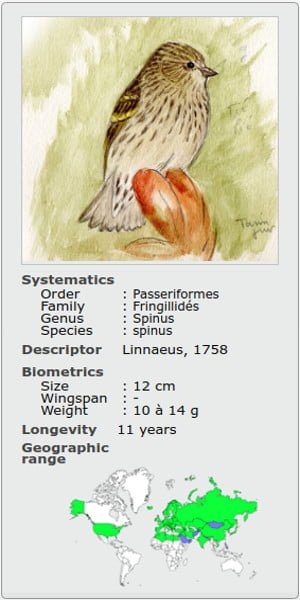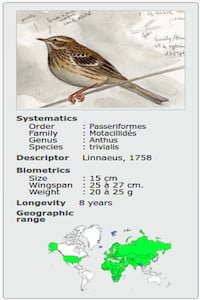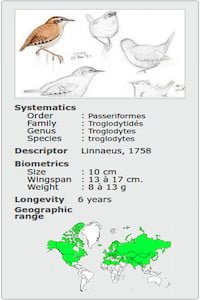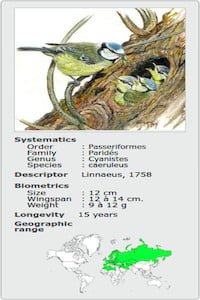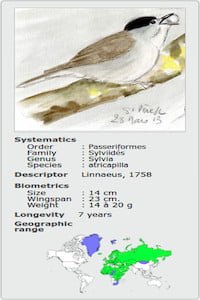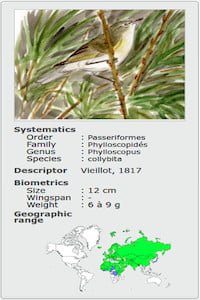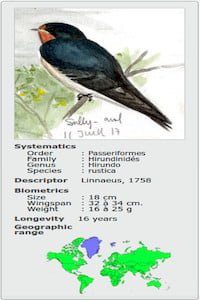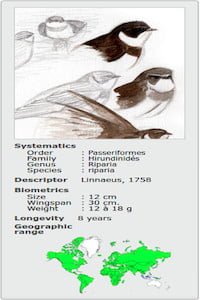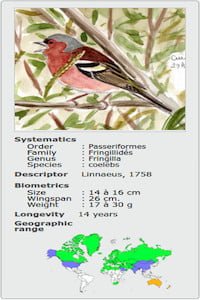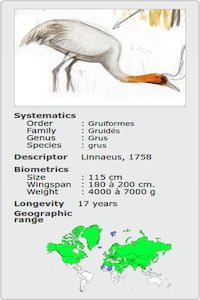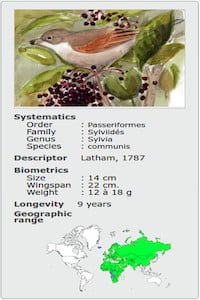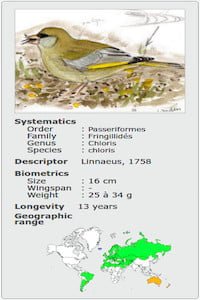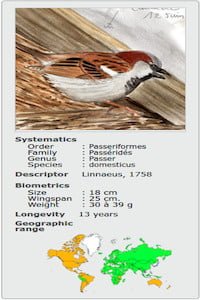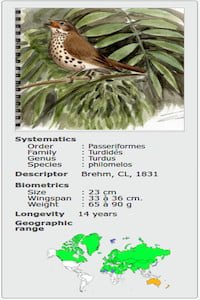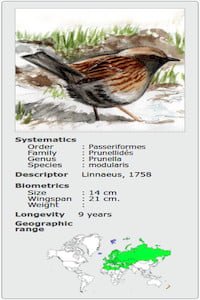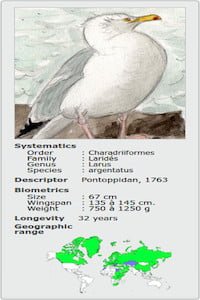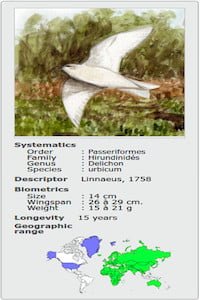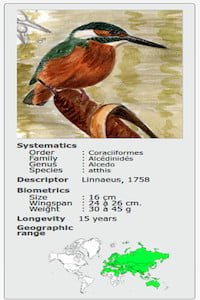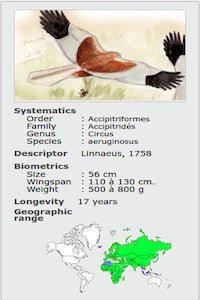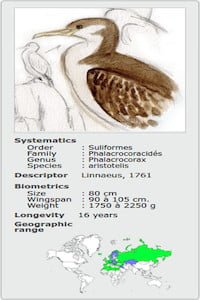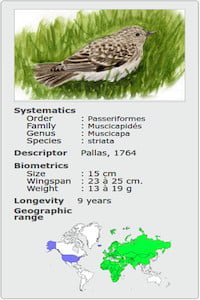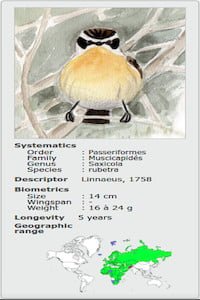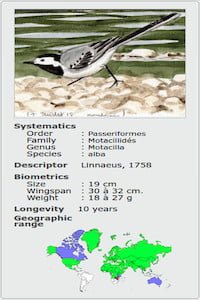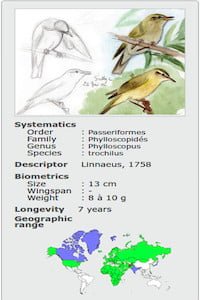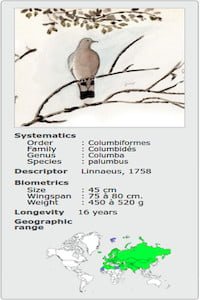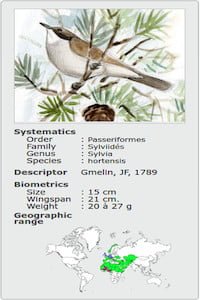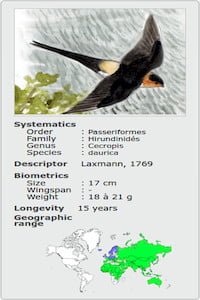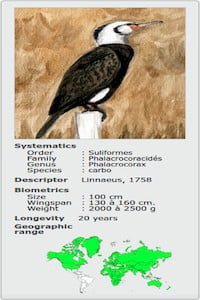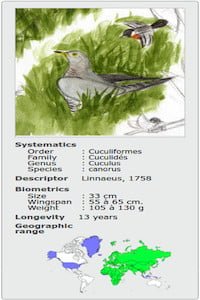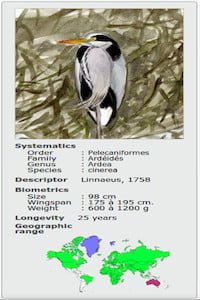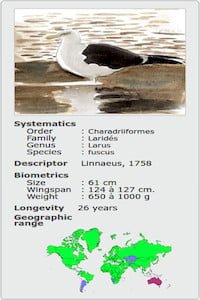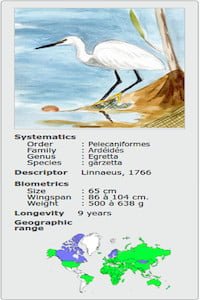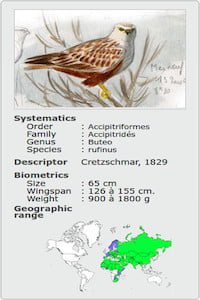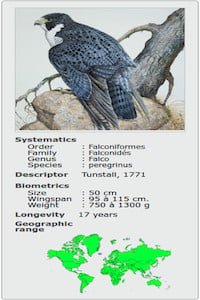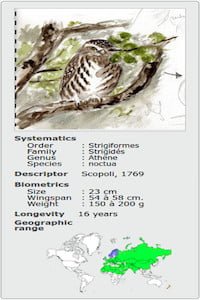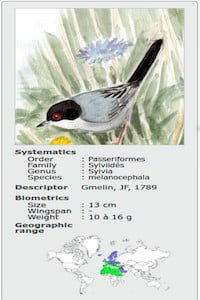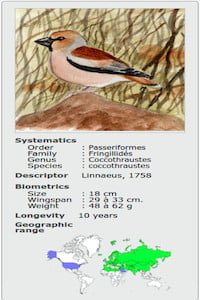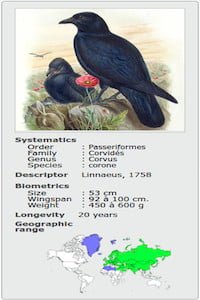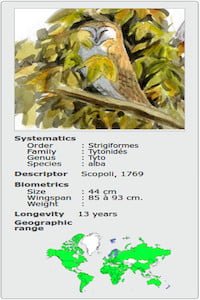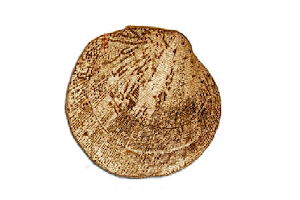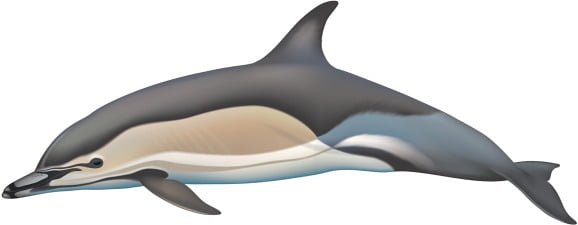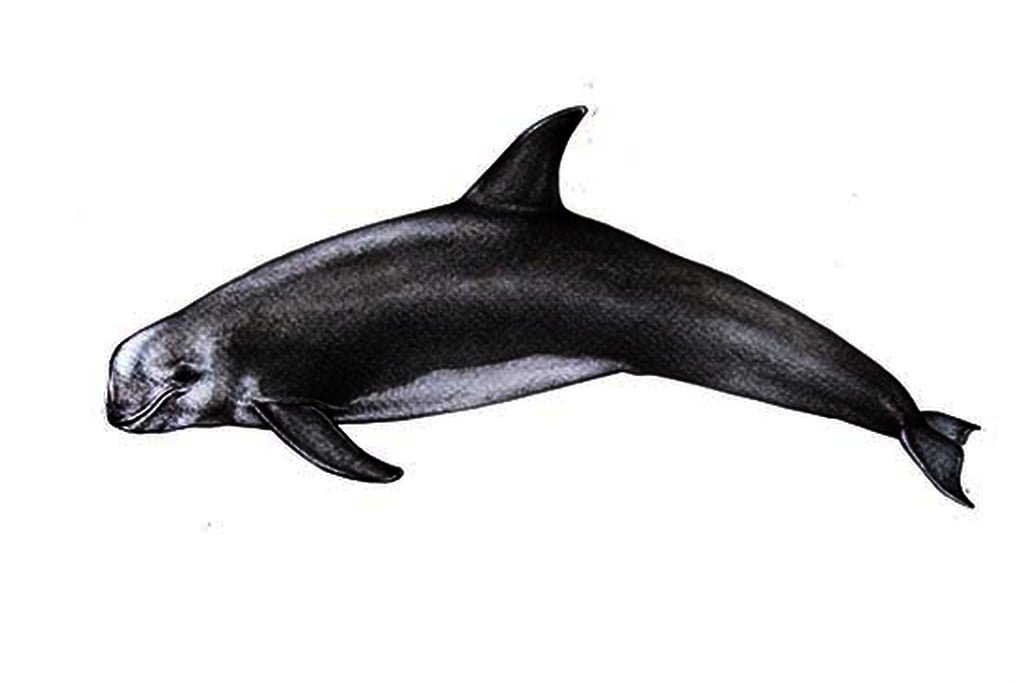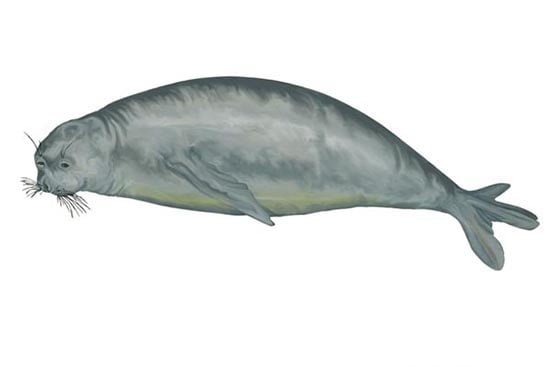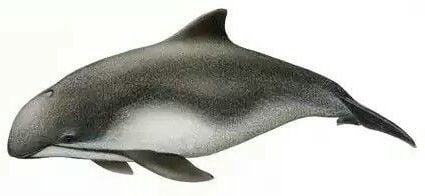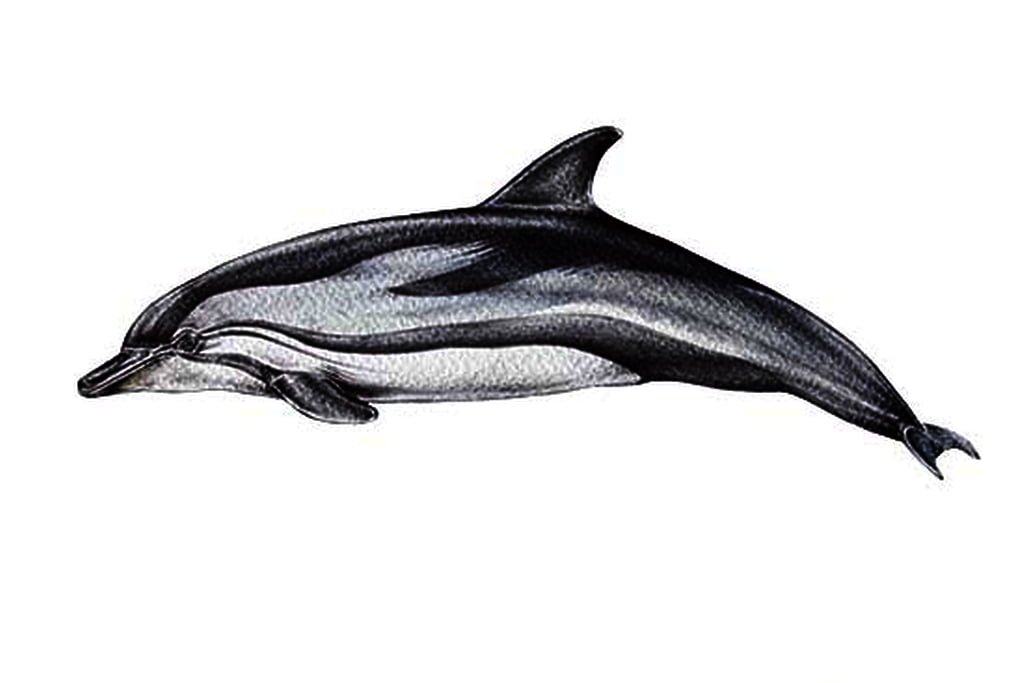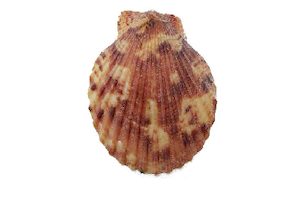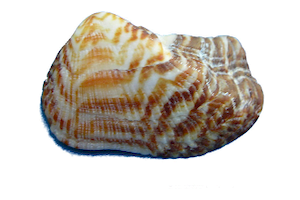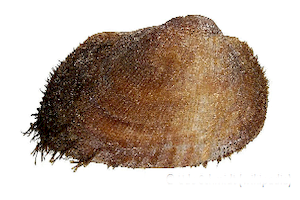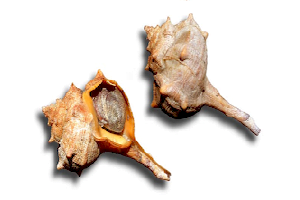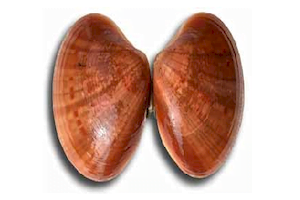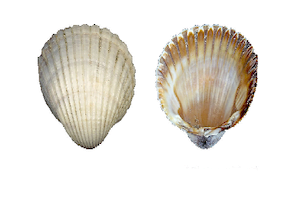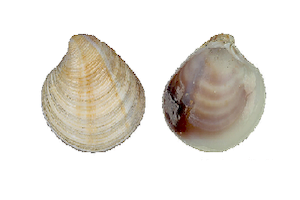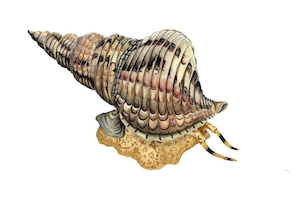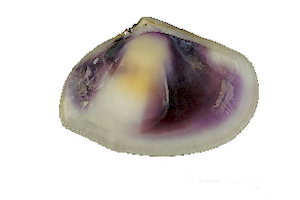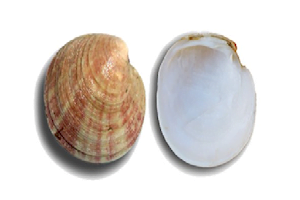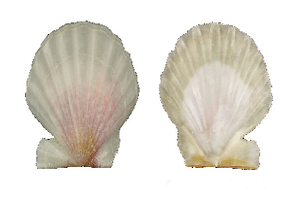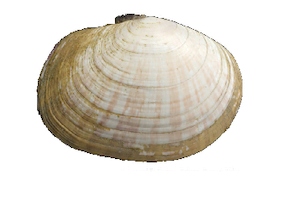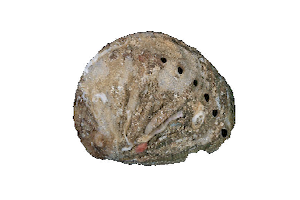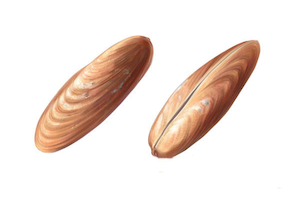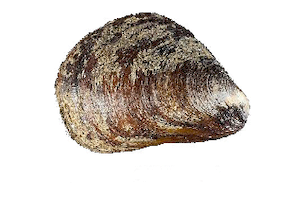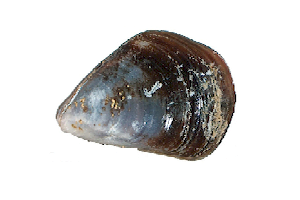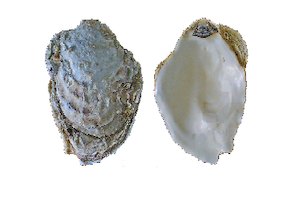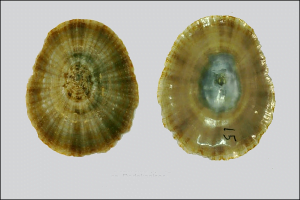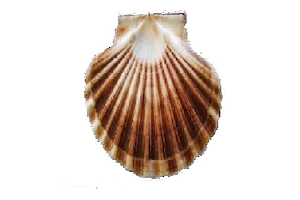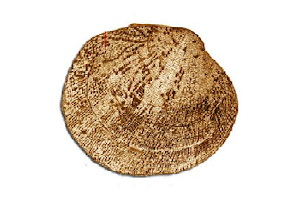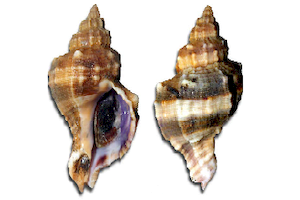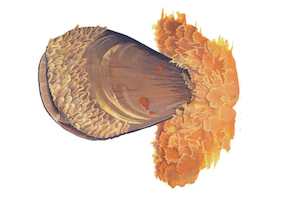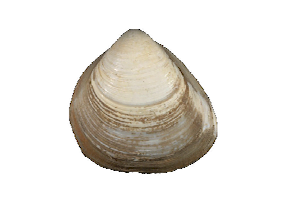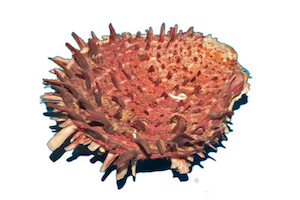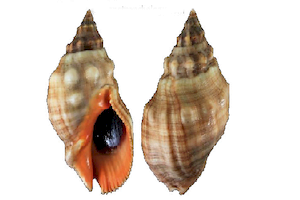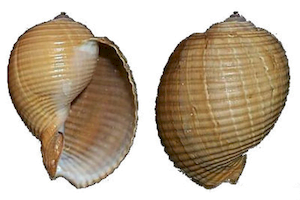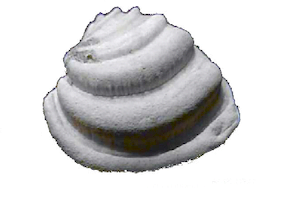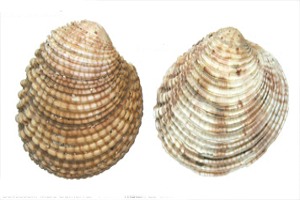Hexanchus Griseus
– Bluntnose Sixgill Shark –

| Conservation status |
|---|
 Near Threatened (IUCN 3.1)[1] |
| Scientific classification |
Hexanchus griseus (Bonnaterre, 1788)
| Kingdom: | Animalia |
| Phylum: | Chordata |
| Class: | Chondrichthyes |
| Order: | Hexanchiformes |
| Family: | Hexanchidae |
| Genus: | Hexanchus |
| Species: | H. griseus |
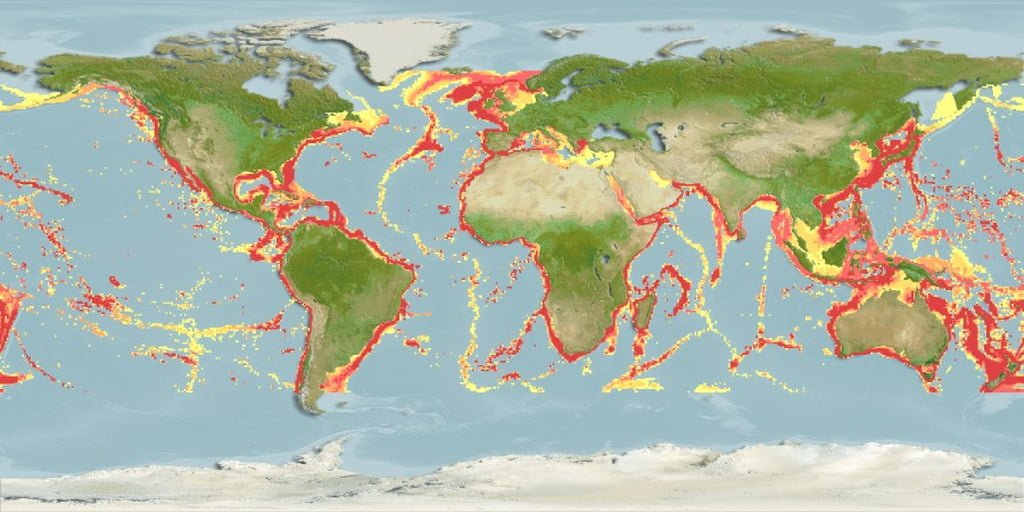
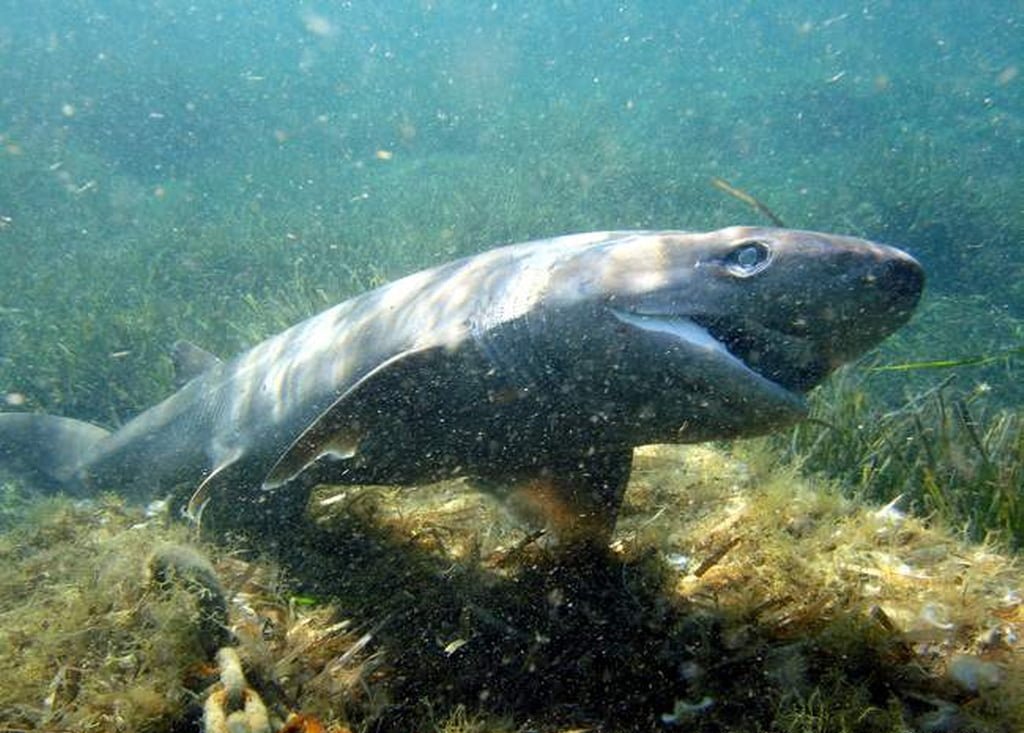
The bluntnose sixgill shark (Hexanchus griseus), often simply called the cow shark, is the largest hexanchoid shark, growing to 20 ft (6.1 m) in length.[2] It is found in tropical and temperate waters worldwide and its diet is widely varied by region.
Description
The bluntnose sixgill is one of three shark species with six gills.[3]
The bluntnose sixgill shark has a large body and long tail. The snout is blunt and wide, and its eyes are small. There are 6 rows of saw-like teeth on its lower jaw and smaller teeth on its upper jaw.[3] Skin color ranges from tan, through brown, to black. It has a light-colored lateral line down the sides and on the fins’ edges, and darker colored spots on the sides. They also get stains/spots on their neural arches, and the number of stains increase as they get older.[4] Its pupils are black and its eye color is a fluorescent blue-green.
This shark has a streamlined body. Its size can reach at least 4.85 m (catch record recorded in 1990, in the Azores). He is the tallest of his family. It has six gill slits , an anal fin and a single dorsal fin far behind the back. It is light brown to greyish, even dark gray. A clear line adorns the top of its flanks .
A long conical muzzle precedes the mouth placed back (six rows of comb teeth). Her eyes are green. The jaw of Hexanchus griseusremains amphistyl * (with reduced capacity). This trait is a legacy of the Devonian sharks. The teeth are long with cusps * (sharp and elongated tips) allowing it to impale prey (see photo).
The bluntnose sixgill shark resembles many of the fossil sharks from the Triassic period. A greater number of Hexanchus relatives occur in the fossil record than are alive today. They have one dorsal fin located near the caudal fin. The pectoral fins are broad, with rounded edges. The six gill slits give the shark its name. Most common sharks today only have five gill slits.
Distribution and habitat
The bluntnose sixgill is often found near the ocean floor.
Biotope
This species is cosmopolitan and is found in all seas.
It coasts mainly between 25 and 2800 m deep water, generally demersal * (near the bottom). It is found in both the coastal waters of tropical seas and cold temperate seas.
Its occasional and nocturnal rises to the surface are preferably carried out on full moon nights.
With a global distribution in tropical and temperate waters, the bluntnose sixgill shark is found in a latitudinal range between 65°N and 48°S in the Atlantic, Indian, and Pacific oceans.[7] It has been seen off the coasts of North and South America from North Carolina to Argentina and Alaska to Chile. In the eastern Atlantic, it has been caught from Iceland to Namibia, in the Indo-Pacific it has been caught from Madagascar north to Japan and east to Hawaii[8] and in the Mediterranean it has been caught in Greece and Malta.[9] It typically swims near the ocean floor or in the water column over the continental shelf in poorly lit waters.[3] It is usually found 180–1,100 m (590–3,610 ft) from the surface, inhabiting the outer continental shelf, but its depth range can extend from 0–2,500 m (0–8,202 ft).[8][10] Juveniles will swim near the shoreline in search of food, sometimes in water as shallow as 12 m (39 ft), but adults typically stay at depths greater than 100 m (330 ft). It can be seen near the ocean’s surface only at night.[3]
An adult bluntnose sixgill shark was recently seen at a depth of 259 m (854.7 ft) in the Philippines. On December 2, 2017, the ROV camera of Paul Allen‘s research vessel RV Petrel captured video footage of the shark lurking around a World War II shipwreck in Ormoc Bay. This was the first time the species was photographed in Philippine waters.[11] In 2018, a sixgill shark was filmed near the Saint Peter and Saint Paul Archipelago, midway between Brazil and Africa, at a depth of around 400 feet.[12] In 2019, the remains of a pregnant bluntnose sixgill shark were found on a Vancouver Island beach, north of Victoria, British Columbia.[13] On 18 October 2019, a large bluntnose sixgill shark measuring over 3 meters and weighing 900 kg was found dead on the beach at Urkmez beach in Seferihisar, Izmir, Turkey. On 20 May 2020 bluntnose sixgill shark was found dead in the beach of Tabyalar, Çanakkale, Turkey[14]
Taxonomy
The first scientific description of the bluntnose sixgill shark was authored in 1788 by Pierre Joseph Bonnaterre. As a member of the family Hexanchidae, it has more close relatives in the fossil record than living relatives. The related living species include the dogfish, the Greenland shark, and other six- and seven-gilled sharks. Some of the shark’s relatives date back 200 million years. This shark is a notable species due to both its primitive and current physical characteristics.[citation needed]
Biology and Ecology
Alimentation
This species is carnivorous and hunts relatively large prey: bony fish, other small sharks, rays, squid, shrimp and it also feeds on carrion. In captivity, there is a certain tendency to cannibalism.
Although sluggish in nature, the bluntnose sixgill shark is capable of attaining high speeds for chasing and catching its prey using its powerful tail. Because of its broad range, it has a wide variety of prey, including fish, rays, chimaeras, squid, crabs, shrimps, seals, and other (smaller) sharks.[8] The bluntnose sixgill shark is therefore classified as a generalist species, and is less likely to be affected by scarcity in any one of its food sources.[15]
Reproduction
The whitetip shark reaches sexual maturity between 18 and 35 years for females and between 11 and 14 years for males. It then measures approximately between 400 and 450 cm. The litters range from nine to one hundred and eight young; Hexanchus griseus is one of the most prolific sharks. The little ones measure between 50 and 60 cm at birth.
His life expectancy reaches 80 years.
Reproduction is ovoviviparous with embryos receiving nourishment from a yolk sac while remaining inside the mother. Litters are large and typically have 22-108 pups measuring 60–75 cm (24–30 in) at birth,[8] and the largest recorded pup is 82 centimetres (32 in). New pups are also born with a lighter belly color than adults. This form of cryptic coloration or camouflage is used to disguise the pup’s appearance. A high mortality rate of the young pups is presumed, owing to the large litter size. The gestation period is unknown, but is probably more than two years, based on the gestation time of other hexanchiform sharks like the frilled sharks.[citation needed] Females reach sexual maturity at 4.5 m (15 ft) in length[3] and 18–35 years in age,[citation needed] while males reach sexual maturity much earlier at 3.15 m (10.3 ft) in size[1] and 11–14 years in age. Many biologists believe that the male bluntnose sixgill shark’s teeth are specially adapted for courtship. The male nips at the female’s gill slits using its longer-cusped teeth. This action is thought to entice the female into mating. Evidence of this hypothesis is that female bluntnose sixgill sharks show up with seasonal scars around their gill slits, which apparently is from breeding with males. Males and females are thought to meet seasonally between May and November.[citation needed]
Associated Life
Usually solitary, this shark can nonetheless come together to form small groups of up to five individuals before reaching maturity.
Various biology
Hexanchus griseus has edible flesh but a liver that is toxic to humans. It is generally fished for the oil of its liver and for its meat (bycatch).
Human Interaction
The bluntnose sixgill shark is sold for its meat and oil.[3]
The bluntnose sixgill shark is listed as Near Threatened by the International Union for the Conservation of Nature (IUCN) because, despite its extensive range, its longevity and popularity as a sport fish makes it vulnerable to exploitation and unable to sustain targeted fishing for very long. Although population data is lacking in many areas for this species, certain regional populations have been classified as severely depleted. Although it is usually caught as bycatch, it is also caught for food and sport.[1] In June 2018, the New Zealand Department of Conservation classified the bluntnose sixgill shark as “Not Threatened” with the qualifiers “Data Poor” and “Secure Overseas” under the New Zealand Threat Classification System.[16]
Despite its massive size, this species is rather harmless to humans unless provoked.[3]
Further Information
It does not attack humans and is not distinguished by aggressive behavior. However, its size should encourage caution. Capturing or even annoying him can be dangerous. Circular swimming and gaping mouth behaviors were observed.
On October 15, 2008, a 3.40 m specimen weighing 270 kg was caught with a longline, near Beaulieu-sur-Mer (Alpes-Maritimes).










